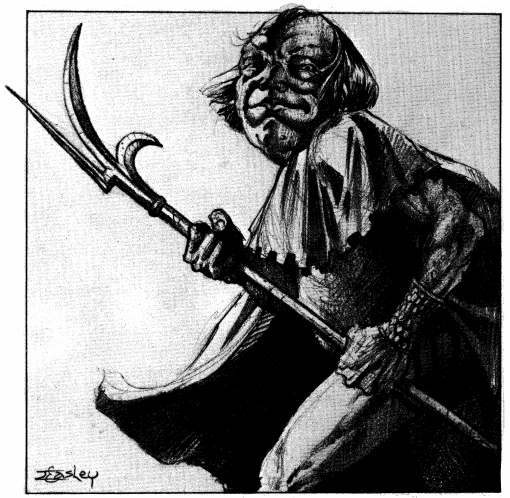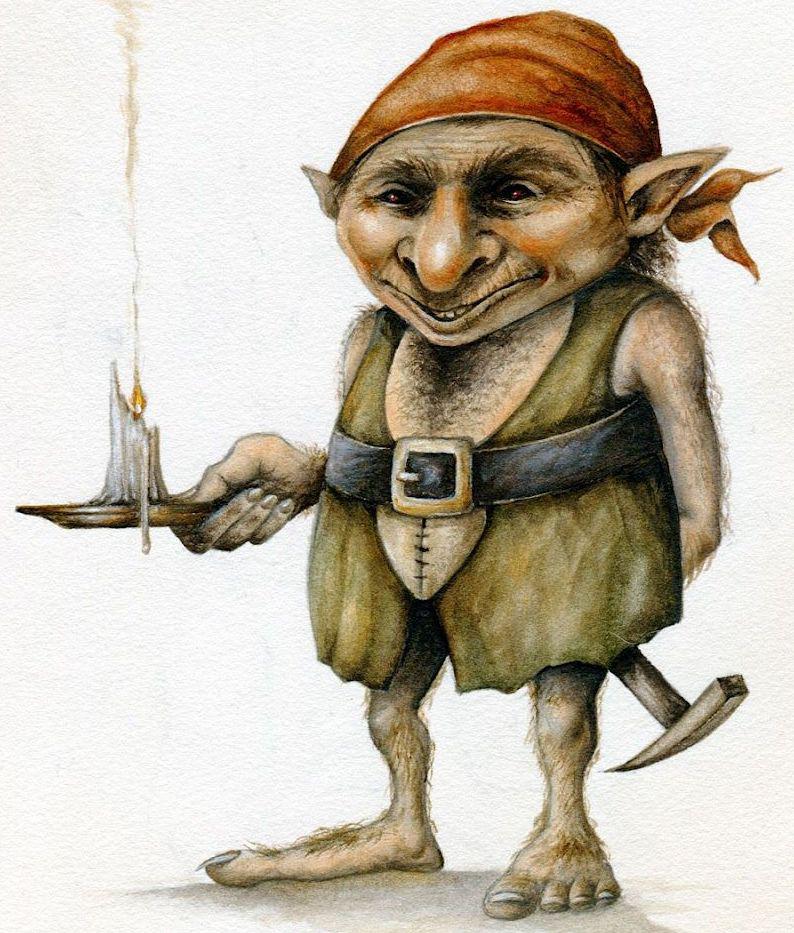The Ribbit! of Doom
Our every-other-Sunday 5E D&D game is scheduled for this weekend. The heroes’ forays into the quarry tunnels met stiff resistance from goblins, bugbears, mudtigers, and a pair of priests of Wastri the Hopping Prophet. Judicious use of eldritch blasts, illusions, and arrows dropped the monsters’ leadership, cracking goblin morale, and doing so with little time to spare. For the second session in a row, the heroes avoided total defeat.
After their second brush with death, the heroes returned to Dark Quarry to recuperate, gather information, and report their findings to the village’s head-man. By noon the following day, quarry workers returned bearing frantic news. The quarry’s entrance had collapsed. Booby traps had injured several men. The quarry’s small keep stood abandoned.
The heroes made haste to the quarry to discover that its master, the mysterious Bazili Erak, had pulled up stakes. The keep was empty. The quarry mines were empty. The heroes set free several captives, but did not find Kwon, the brave monk who first attempted to discover the quarry’s secrets. In the quarry’s second level, the heroes found a strange shrine, a stone pyramid adored with carved eyes. Foxrad Stormseeker recognized the pyramid as a symbol of the Elder Elemental Eye, an ancient and unspeakably evil cult.
And so, the Danger at Darkshelf Quarry has ended, but the heroes are left with more questions than answers. Not all is lost, however, for the heroes have learned the Bazili Erak has contacts in Highport, farther to the south. What awaits the heroes in that rough and lawless city?
In other gaming news, I recently received 1975, written by Bill Webb for Frog God Games. I’ve not given it a detailed read yet. The adventure is a hex-crawl, a format in which a group explores travel through unknown wilderness areas, searching for Something Important. It looks like fun, but a few things about it puzzle me:
- The font size for the main text is too small. It looks about 8- or 9-point. This isn’t first time I’ve run across new gaming products opting for under-sized fonts. One of the reasons I’ve not read 1975 yet is that I’m not fond of straining my eyes.
- The few illustrations are good, but, combined with what seems like a too-wide bottom margin on many pages, I must wonder. If the illustrations were a wee bit smaller and the margins consistent, could that main-text font had been bumped up a point or two?
- Neither the player nor DM wilderness maps have either a scale or hexes, the latter of which seems a strange omission for an adventure billing itself as a hex-crawl.
- Bill Webb provides stats for the giant beaver, and it’s just a big, unaligned beast. This bugs me perhaps more than it should, but I’ve long been fond of the fact that giant beavers in AD&D have low to average intelligence, which reminds me of my evil druid beavers.

Priest of Wastri
Medium humanoid (human), lawful evil
Armor Class 14 (chain shirt)
Hit Points 22 (5d8)
Speed 25 ft., swim 25 ft.
STR 10 (+0), DEX 12 (+1), CON 10 (+0), INT 13 (+1), WIS 16 (+3), CHA 13 (+1)
Skills Nature +3, Persuasion +3, Religion +3
Senses passive Perception 13
Languages Common, Bullywug
Challenge 2 (450 XP)
Bane of False Humans. As a bonus action, the priest can expend a spell slot to cause its melee weapon attacks to magically deal an extra 10 (3d6) radiant damage to a non-human humanoid target on a hit. This benefit lasts until the end of the turn. If the priest expends a spell slot of 2nd level or higher, the extra damage increases by 1d6 for each level above 1st.
Hold Breath. The priest can hold his breath for 15 minutes.
Spellcasting. The priest is a 5th-level spellcaster. His spellcasting ability is Wisdom (spell save DC 13, +5 to hit with spell attacks). The priest has the following cleric spells prepared:
Cantrips (at will): light, sacred flame, thaumaturgy
1st level (4 slots): cure wounds, guiding bolt, sanctuary
2nd level (3 slots): lesser restoration, spiritual weapon
3rd level (2 slots): dispel magic, spirit guardians
Standing Leap. The priest’s long jump is 20 feet and its high jump is up to 10 feet, with or without a running start.
Actions
Glaive. Melee Weapon Attack: +2 to hit, reach 10 ft., one target. Hit: 5 (1d10) slashing damage.
Conjure Frogs (Recharges after a Short or Long Rest). The priest conjures eight giant frogs, which appear in unoccupied spaces the priest can see within 60 feet. Each beast disappears when it drops to 0 hit points. The summoned frogs are friendly to the priest and the priest’s companions. Roll initiative for the summoned frogs as a group, which has its own turns. They obey any verbal commands the priest issues to them (no action required). If the priest doesn’t any commands to them, they defend themselves from hostile creatures, but otherwise take no actions. The frogs remain until killed or until the priest takes a short or long rest.




